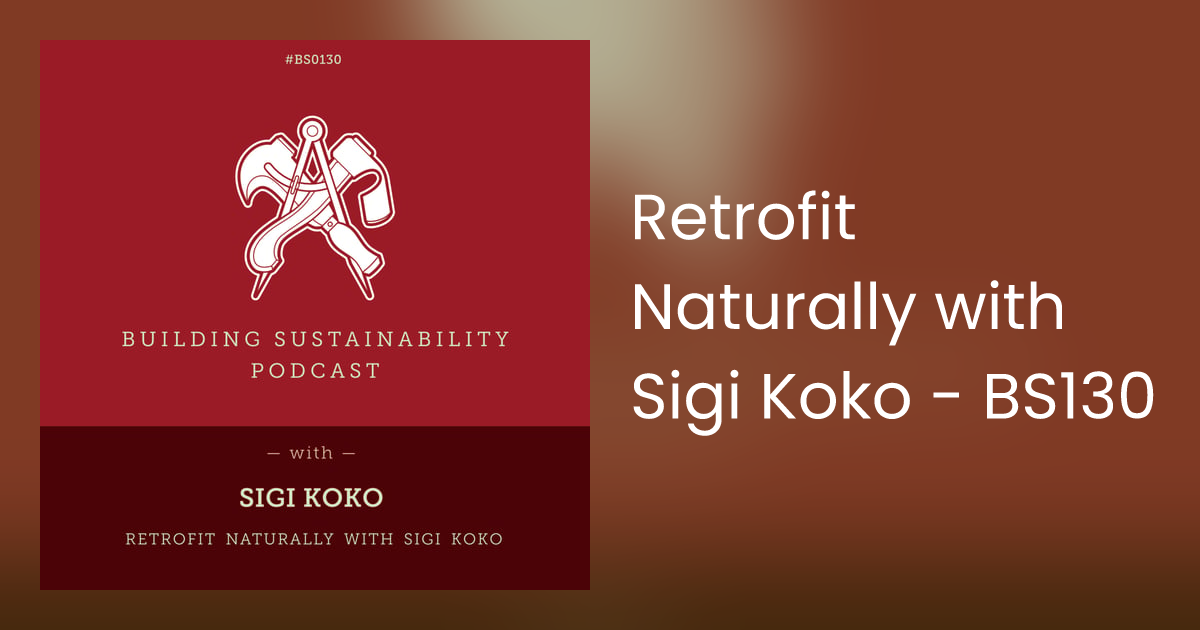- Tiny Farm Friends
- Posts
- Can You Retrofit a Concrete Home with Natural Materials?
Can You Retrofit a Concrete Home with Natural Materials?
Tiny Insights for building naturally, building beautifully.

No.096 — Read old posts on Tinyfarmlab.com
Reading Time 5 minutes
Most people think natural building means starting from scratch.
Like buying land,
and building a mud house in a forest.
But what if you're already living in a red brick and concrete home, in a city or suburb, and still want the warmth, breathability, and beauty of natural materials when you decide to renovate your house?
You don’t have to tear down walls.
You can just change what touches your skin,
what your walls breathe,
and what your feet land on.
You can bring in natural building gently by:
Applying clay or lime plasters on your walls.
Laying an earthen floor under your feet
Making interior partition walls with wattle and daub
Sculpting cob benches and window seats into your living room
Carving niches into walls instead of hanging MDF shelves
Finishing your bathroom with smooth, waterproof tadelakt
What does this change bring?
A deeper calm.
Softer acoustics.
A more tactile, soulful home.
Better indoor air quality,
reduced toxins,
regulated humidity,
fewer allergens.
A home that feels alive.
Children who grow up touching the earth,
not plastic.
A daily reminder to slow down.
To touch, notice, and belong.
This requires a quiet rebellion against carbon-heavy materials.
You might be thinking, If the walls are made of red brick and concrete, is applying mud plaster still “breathable”?
Short answer: Yes, but partially.
Red brick walls (with lime mortar) are somewhat breathable.
Concrete walls (or brick with cement mortar + plaster) are not breathable.
They’re dense, impermeable, and trap moisture if coated with additional non-breathable layers (like oil paints or synthetic plasters).
When you apply mud plaster over such walls,
the outermost layer becomes breathable,
But the base still limits how much air and moisture can actually pass through.
So why still use mud plaster?
Here’s why it’s a better compromise:
1. Humidity Regulation
Even on concrete, clay plasters can buffer indoor humidity, absorbing and releasing moisture from the room air.
So while the wall may not “breathe through,”
it still helps regulate your interior microclimate.
2. VOC-Free, Toxin-Free
Unlike cement, acrylic paints, or gypsum,
clay and lime plasters contain no harmful chemicals.
That’s healthier for your skin,
lungs, and long-term wellness.
3. Aesthetics & Tactility
Natural plasters are sculptural,
textured, and soulful.
Not flat and sterile.
You can shape curves, niches, and alcoves,
a tactile, hand-crafted upgrade over flat walls.
4. Emotional Connection
There’s something grounding and ancestral about touching an earthen wall, even if the bones beneath are concrete. It reconnects us with a pace and palette that industrial materials erased.
Common Questions We Hear
1. “Where do I get mud in the city?”
From construction sites digging basements.
Or land just outside city limits.
We test the soil — it’s often free or very affordable.
2. “What about labour?”
Most city masons don’t know mud or lime work.
But they can be trained.
In Varanasi, we taught a local team.
After a few walls, they got it — and loved it.
3. “Will it stay damp? Or attract termites?”
No. Natural finishes are breathable, not damp.
Cement traps moisture, mud lets it breathe.
We use proper layering and lime where needed.
And cob doesn’t attract termites.
4. “When’s the best time to start?”
October is ideal — dry and cool.
So you have one full season to finish work before the monsoons
5. “Isn’t it messy?”
Yes. But in the best way.
It smells of earth.
It slows you down.
It not only stays under your nails but in your memory.
For too long, natural materials have been seen as ‘rural’ or ‘outdated.’
With our project, Kalga Banaras in Varanasi, done in collaboration with Brown Dot Collaborative, we wanted to challenge that perception, showcasing how earth, lime, and handcrafted plasters can create a refined, modern space even in an urban setting, that feels both timeless and deeply connected to its cultural roots.
We worked with time-tested techniques like wattle and daub, the traditional technique of using woven bamboo packed with cob to add strength and flexibility to partition walls.

The hand-sculpted walls were built layer by layer in cob, through the process of feet-stomping and rolling, resulting in fluid, organic forms.
To finish, we applied mud, lime, and dung plasters.

You don’t need to build a mud house tomorrow.
You don’t need land, or a team, or a grand plan.
You just need to begin.
A wall.
A corner.
A breath of clay between your fingers.
Maybe it’s a small niche in your bedroom.
Maybe it’s a lime-plastered bathroom wall.
Maybe it’s just switching to natural paints.
Love,
Raghav and Ansh
P.S.: If you still haven’t received our free guide, you can use this link.
What you can watch -
What you can listen to - Retrofit Naturally with Sigi Koko - BS130
What You Can Read - Essential Natural Plasters: A Guide to Materials, Recipes, and Use

If you found value in this newsletter, please consider sharing it with a friend.
Tiny Farm Friends Newsletter.
Every Sunday, we share tiny valuable lessons to help you transition to the countryside and build naturally.


